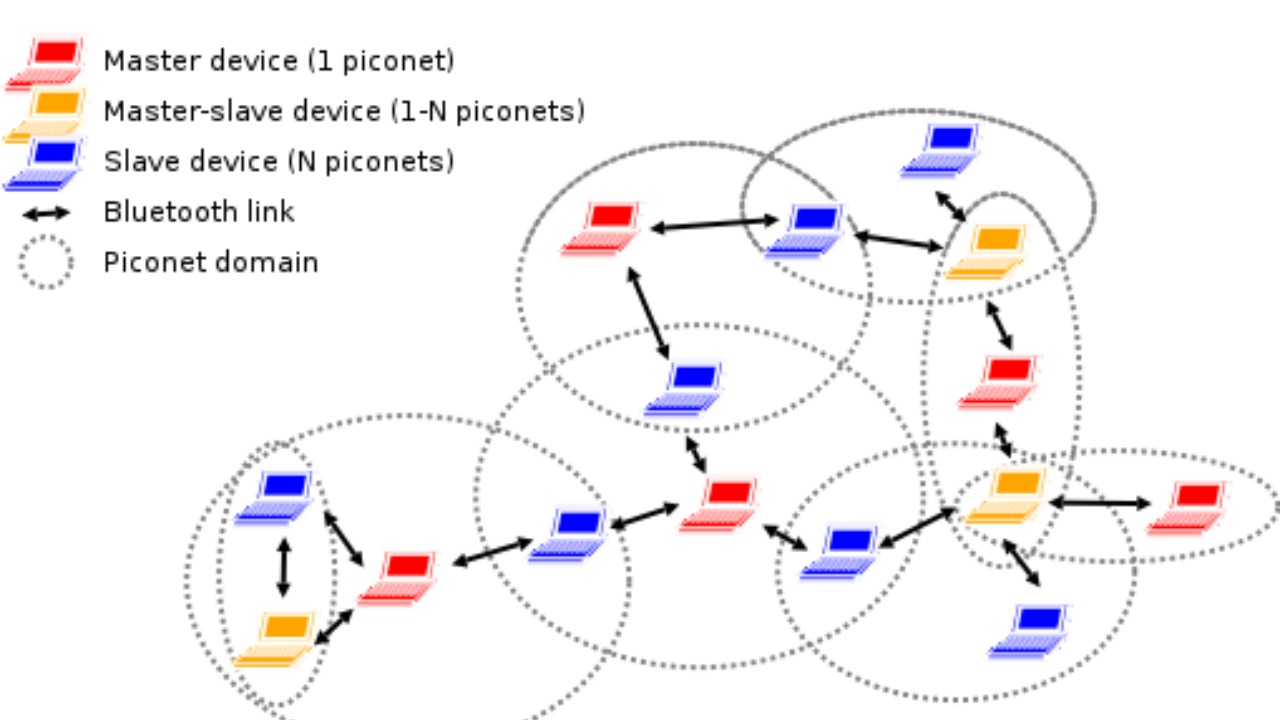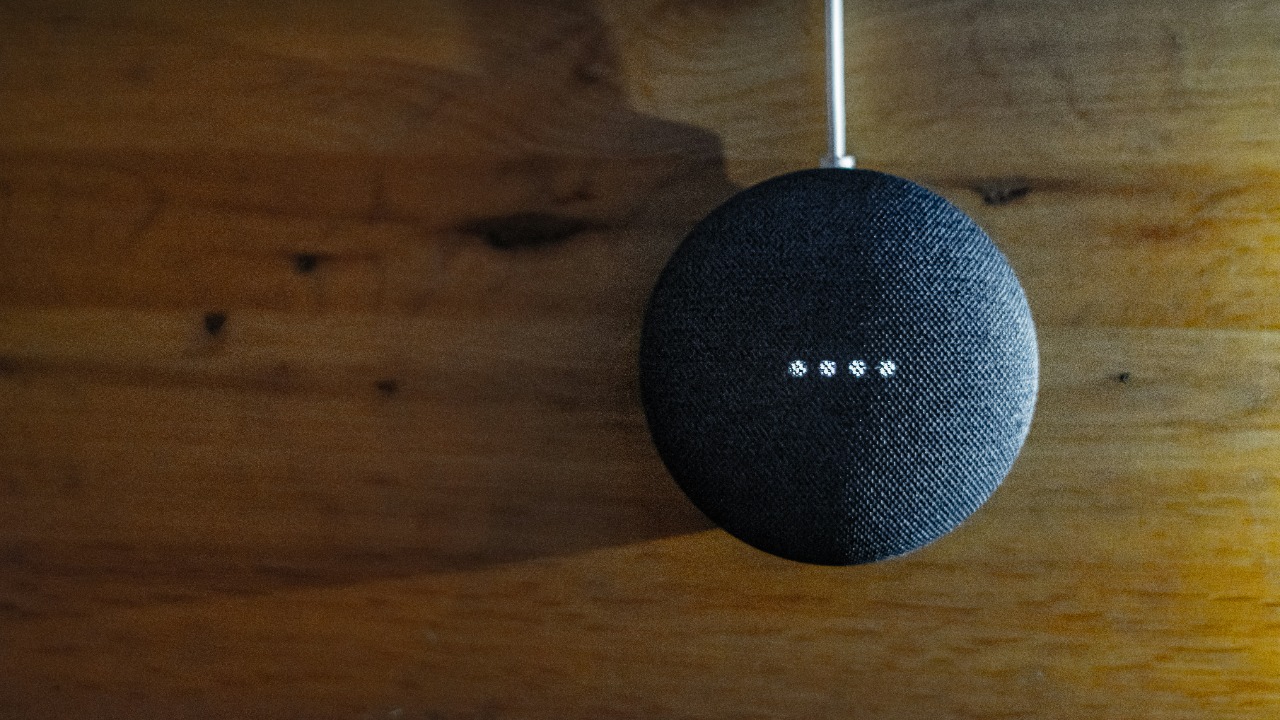
Bluetooth devices are ubiquitous in modern life, connecting everything from our headphones to smart home gadgets. However, the convenience of wireless technology comes with concerns about privacy and data security. What information your Bluetooth devices might be broadcasting and the implications for your privacy are crucial considerations.
Understanding Bluetooth Technology

The Basics of Bluetooth Communication
Bluetooth technology enables wireless communication between devices over short distances using radio waves. It operates on the 2.4 GHz frequency, which is also used by many other wireless technologies. Each Bluetooth device contains a tiny computer chip with a Bluetooth radio and software that allows it to connect with other Bluetooth devices wirelessly, creating a personal area network.
Bluetooth protocols define the rules and standards for data transmission. The technology uses a frequency-hopping spread spectrum technique to reduce interference and improve security. This means that the signal rapidly switches frequencies within the 2.4 GHz band, making it more difficult for unauthorized users to intercept data.
Bluetooth Versions and Their Capabilities
As Bluetooth technology evolves, each new version brings enhanced capabilities and features. The most significant differences between versions typically involve improvements in speed, range, and energy efficiency. For example, Bluetooth 4.0 introduced Bluetooth Low Energy (BLE), which significantly reduced power consumption, making it ideal for devices like fitness trackers and smartwatches.
Newer versions, such as Bluetooth 5.0 and beyond, have increased the potential for faster data transfer and greater range. However, these advancements also come with increased risks of data broadcast if not properly managed. For more insights, explore the evolution of Bluetooth technology and its impact on everyday devices.
Data Being Broadcasted by Bluetooth Devices

Types of Information Shared
Bluetooth devices often share more information than users might expect. Typically, they broadcast unique identifiers and metadata, such as device name, type, and manufacturer. While these identifiers are not personal data, they can be used to track a device’s presence and movement over time.
In some cases, personal data can be inadvertently shared through Bluetooth, especially if devices are not properly secured. This is particularly true for devices that pair automatically or have weak security settings. Users should be aware of what their devices are broadcasting and take steps to secure their connections.
Implications of Constant Broadcasting
Continuous broadcasting by Bluetooth devices can have several implications. First, it can drain battery life, as the device is constantly active, searching for connections. This can also affect device performance, leading to slower operation or reduced functionality.
More importantly, always-on Bluetooth broadcasts pose security risks. If not properly secured, these broadcasts can be intercepted by unauthorized users, potentially leading to data breaches. To understand more about how devices like iPhones and Androids broadcast their Bluetooth addresses, check out this Quora discussion.
Privacy Concerns and Security Risks

Risks of Unauthorized Access
One of the main privacy concerns with Bluetooth technology is the risk of unauthorized access. Hackers can exploit vulnerabilities in Bluetooth protocols to intercept data or gain control over a device. Instances of this include “bluejacking,” “bluesnarfing,” and “bluebugging,” each with varying levels of severity.
Several high-profile security breaches have highlighted the vulnerabilities in Bluetooth technology. For example, in 2017, the “BlueBorne” vulnerability was discovered, potentially affecting billions of devices by allowing attackers to execute code remotely via Bluetooth. Learn more about Bluetooth’s build-up with broadcast features and their implications from Electronic Design.
Mitigating Bluetooth Security Threats
To minimize the risks associated with Bluetooth technology, users should adopt best practices for securing their devices. This includes keeping software and firmware updated, as manufacturers often release patches to fix security vulnerabilities. Additionally, turning off Bluetooth when not in use can prevent unauthorized access.
Bluetooth security features, such as pairing codes and encryption, are designed to protect against unauthorized access. Users should ensure these features are enabled and that their devices are set to “non-discoverable” mode when not actively connecting to other devices.
The Future of Bluetooth and Broadcasting

Advancements in Bluetooth Technology
The future of Bluetooth technology promises further advancements in broadcasting capabilities. For instance, newer iterations aim to improve data transfer speeds, extend range, and enhance energy efficiency. However, these enhancements also pose challenges for maintaining user privacy and security.
As Bluetooth technology continues to evolve, users must remain vigilant about potential risks. To stay informed about upcoming features and their implications, consider exploring resources like the Electronic Design site, which covers the latest developments in Bluetooth technology.
Regulatory and Industry Responses
In response to growing privacy concerns, tech companies and regulatory bodies are working to establish standards for secure Bluetooth broadcasting. This includes developing stricter security protocols and encouraging manufacturers to adopt best practices for device security.
Future regulations are likely to focus on enhancing user privacy and ensuring that Bluetooth technology remains secure. As the industry continues to adapt, users can expect more robust security features and greater transparency regarding data broadcast by Bluetooth devices.
Practical Tips for Managing Bluetooth Broadcasts

How to Control Your Device’s Broadcast Settings
Controlling your device’s Bluetooth broadcast settings is essential for maintaining privacy. Most devices allow users to adjust their settings through a dedicated Bluetooth menu. This typically involves selecting the “Settings” app, navigating to “Bluetooth,” and managing device visibility and connection preferences.
By configuring these settings, users can prevent unauthorized devices from connecting and minimize the amount of data broadcast. Additionally, users should regularly review and adjust settings as needed to ensure optimal security.
Tools and Apps to Monitor Bluetooth Activity
Several tools and apps are available to help users monitor and manage Bluetooth activity. These applications can provide insights into what data is being broadcast and alert users to potential security threats. By using such tools, users can take a proactive approach to safeguard their privacy.
Implementing these practices can enhance personal security and provide peace of mind in an increasingly connected world. For a comprehensive guide on the best devices and apps to support these efforts, consult resources such as this